Start Exploring Keyword Ideas
Use Serpstat to find the best keywords for your website
Backlink Profile Benchmarking: Measuring your Site Authority vs. your Competitors

Comparing site authority metrics like Domain Authority and Domain Rating is a good place to start, but site owners should also be considering other factors in order to understand if they can actually compete for high-value keywords in organic search.
Backlink competitor analysis can give site owners strategic guidance on how to create an off-site link-building strategy that helps them outrank top competitors. The following post will cover the fundamentals of backlink competitor analysis, including:
- What is a backlink profile and why it matter for SEO
- The qualities of a healthy backlink profile
- How to do a backlink profile comparison
- Reverse-engineering your competitors’ off-site strategy
2. Why Do Backlink Profiles Matter in SEO?
3. What Makes a Healthy Backlink Profile?
4. How to Benchmark your Backlink Profile Against Competitors
- Step 1: Identify your Competitors
- Step 2. Compare your Backlinks and Referring Domains
- Step 3: Compare Anchor Text Distribution
- Step 4: Analyze Topical Relevance of your Referring Domains
- See Why your Competitors Are Getting Backlinks
- Reach out to Similar Websites for Organic Link Building
- Target Similar Keywords Where your Competitors Are Ranking
What is a Backlink Profile?
Why Do Backlink Profiles Matter in SEO?
PageRank is the primary way Google measures the trustworthiness, value, and quality of a web page, and pages with higher PageRank are more likely to rank well in search results. Google used to show site owners the PageRank of web pages, but they removed this feature after black-hat SEOs leveraged PageRank to manipulate search engine results.
Today, a website’s backlink profile is the best way to understand how Google perceives the authoritativeness and trustworthiness of said site. Understanding your backlink profile, and making efforts to improve it, is arguably one of the most impactful SEO strategies a site owner can implement.
What Makes a Healthy Backlink Profile?
- Total Number of Backlinks: More authoritative websites tend to have more backlinks. However, not all links are created equal, and more backlinks is not a guarantee of stronger site authority.
- Unique Referring Domains: A referring domain is any website that links to yours. Of all factors, the number of unique referring domains in your backlink profile has the most impact on your site authority.
- Dofollow vs. Nofollow: If a link is “nofollow,” it does not pass along any PageRank to the linked page. Most SEOs agree that only dofollow links help build site authority
- Domain Authority/Domain Rating: Because more authoritative web pages pass along more PageRank, backlinks from websites with higher DA and DR scores move the needle on your own site authority more quickly.
- Relevant Anchor Text: Google also looks at the anchor texts of our backlinks to understand their quality. If the anchor text is irrelevant to the linked page, Google will be less trustworthy of the link.
- Anchor Text Diversity: Diverse anchor text is a sign of a healthy, natural backlink profile, because not every website is going to link to your website in the same way.
- Topical Relevance: Not only do backlinks from more authoritative websites have a greater impact, so do backlinks that come from websites with topical relevance to yours.
How to Benchmark your Backlink Profile Against Competitors
To actually perform competitor backlink analysis, you will need to use a backlink tool that allows you to see your own backlinks as well as your competitors, like Serpstat, SearchAtlas, or Ahrefs.
There are many ways to do backlink analysis – some more granular than others – but for site owners just getting started with developing their off-site strategy, these steps give you the best high-level overview of what it will take to complete.
Step 1: Identify your Competitors
If your team is primarily focused on ranking for a specific keyword, then you would want to compare the backlink profiles of the web pages that are ranking for that desired keyword.
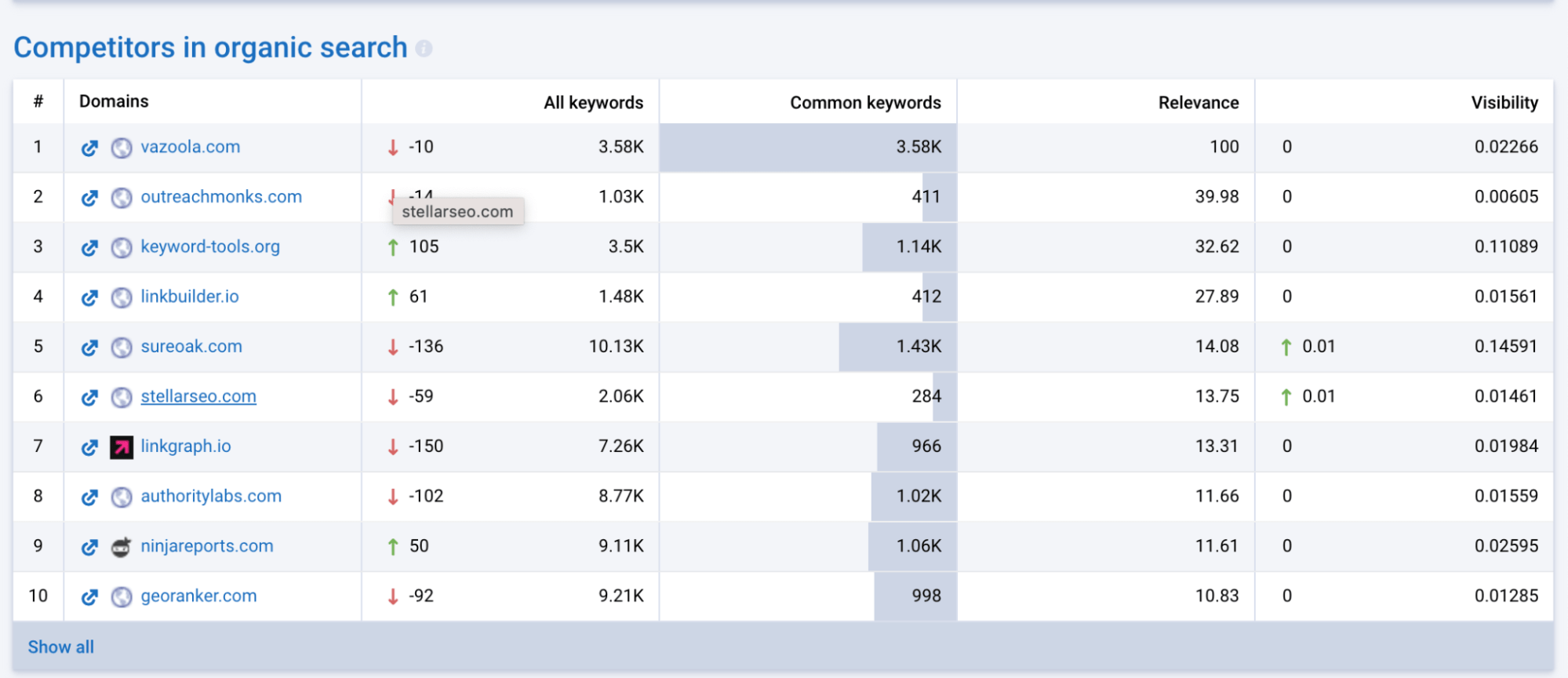
Once you identify who your competitors are, then you can move forward with your benchmarking.
Step 2: Compare your Backlinks and Referring Domains
Because backlinks and unique referring domains will have the biggest impact on your rankings, you will want to primarily focus on these two factors. It’s also important to look at other performance metrics like site authority, organic keywords, and organic traffic.
They can provide insights on whether or not your website can compete with another in the SERPs.
Backlinks and Referring Domains Comparison Example
In the below example, I compared my own company website, linkgraph.io, against a competitor’s. If I were to only look at the total number of backlinks, it may seem that my website could not compete in search engine results.


Although in general, more authoritative websites tend to have more backlinks, this comparison highlights that simply getting more links is not a guarantee of increased site authority and better keyword rankings. There is a dampening factor with links. The second, third, or fourth link from the same site will not be as impactful for improving rankings.
Because although having far fewer backlinks, linkgraph.io has more unique referring domains than vazoola.com.

Having a variety of referring domains that are well-trusted is a strong signal to Google that your website is perceived as authoritative in the larger community of the internet. This is likely why Ahrefs rates linkgraph.io as having a higher Domain Rating score than vazoola.com.
At first glance, linkgraph.io can most likely compete with vazoola.com in search engine results. To stay competitive, linkgraph.io will want to continue widening the gap by earning more high-quality backlinks from new, relevant websites.
Step 3: Compare Anchor Text Distribution
To get a better understanding of how those anchor text factors may be impacting the ranking potential of your site in comparison to your competitors, you can use a tool like SearchAtlas.
Although site owners have very little control over how other webmasters choose to link to theirs, it’s important to understand that anchor text does have an impact on how Google perceives the quality of your links.
Let’s continue the backlink profile analysis by comparing linkgraph.io and vazoola.com’s anchor text.
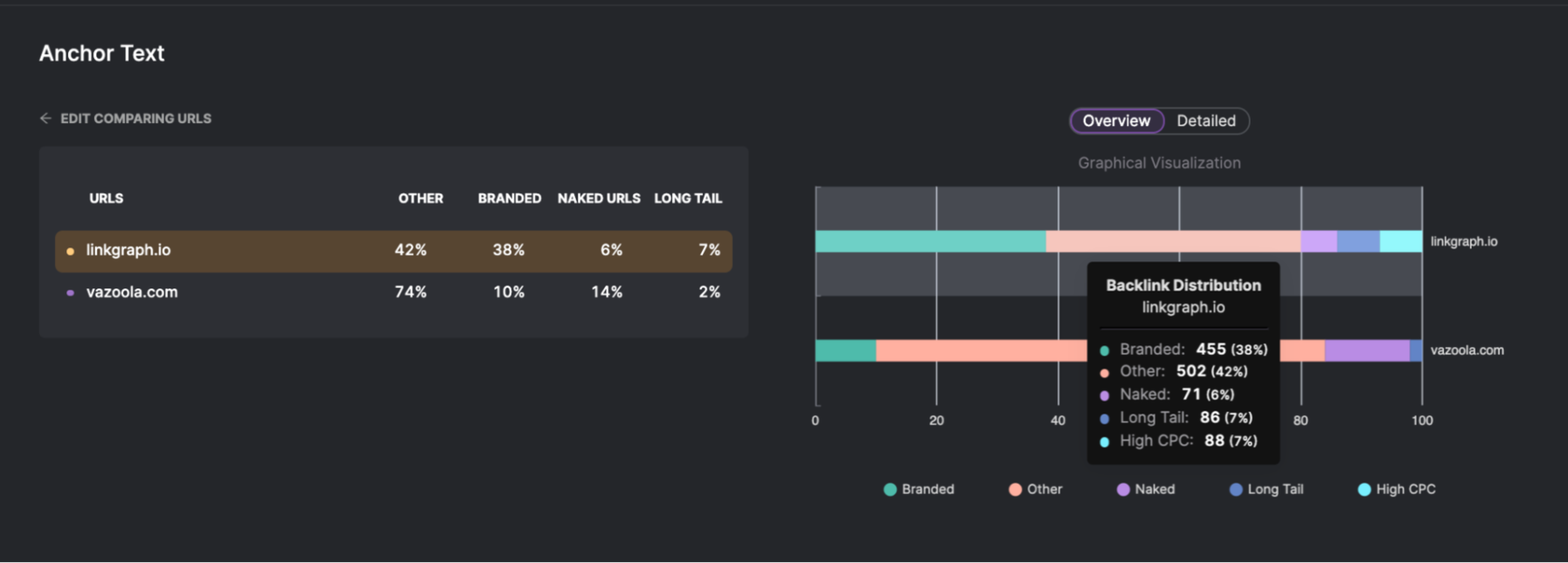
- Linkgraph.io has more branded anchor text than vazoola.com
- Linkgraph.io has more anchor text diversity than vazoola.com
- Linkgraph.io has more high CPC anchor text than vazoola.com
- Vazoola.com has little to know high CPC anchor text
However, too much exact match anchor text, or anchor text with high CPCs, can signal to Google that a website may be trying to manipulate search rankings. In my website’s link building and public relations efforts, we would want to reduce our percentage of high CPC anchor text by building up more branded and partial match links.
This will help Google crawlers better see our link profile as natural and organic.
Step 4: Analyze Topical Relevance of your Referring Domains
Google is smart enough to understand not only your website content, but what industry your brand belongs to. As a result, their crawlers want to see backlinks from websites in similar industries to yours.
Some websites do have multiple areas of expertise, but when considering your primary service offerings or products, it’s important to understand the type of topics your products or services fall under.
So let’s continue on with our competitor analysis example. As SEO agencies, I would expect the majority of linkgraph.io’s and vazoola.com’s backlinks to come from business or technology websites.
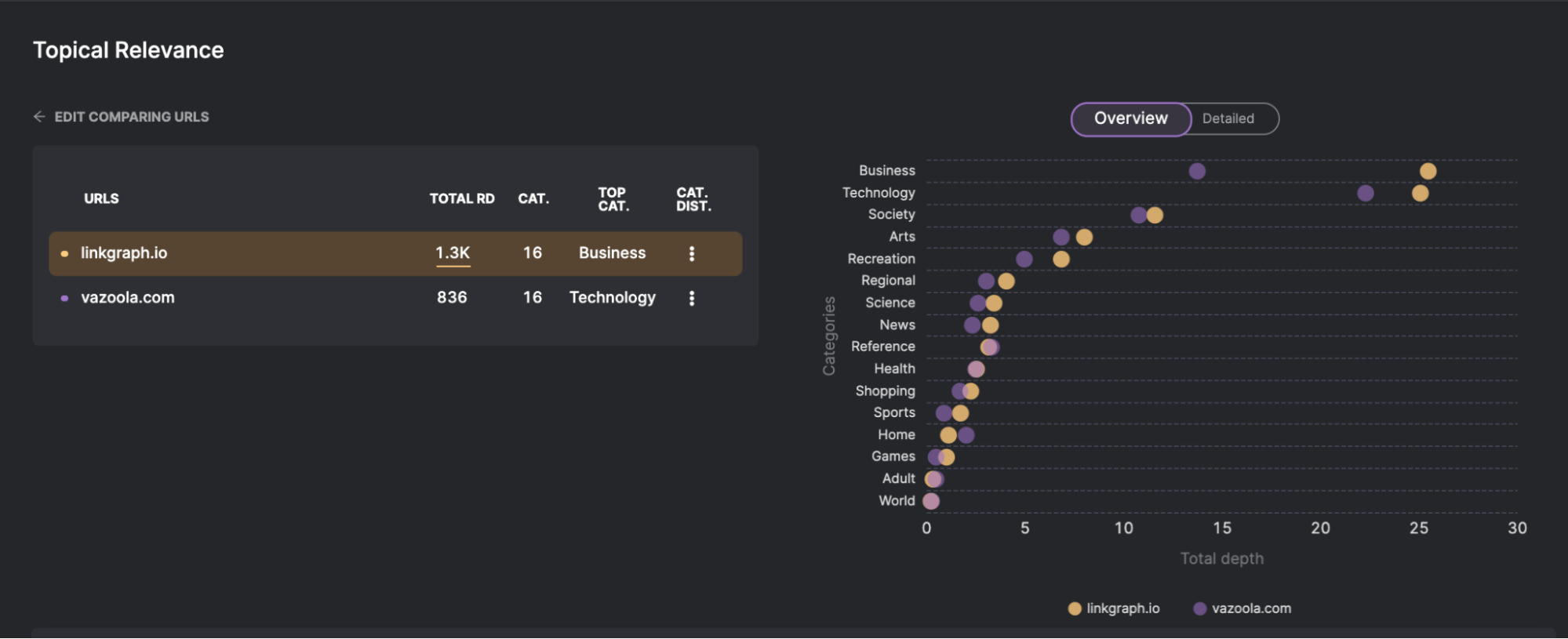
If you’re not quite sure what websites you should try to be earning backlinks from, this is also a great way to discover better outreach targets.
Reverse-Engineering your Competitors’ Off-site Strategy
Site owners can not make other webmasters link to their web pages, and organically earning high-quality backlinks requires lots of effort and resources on PR and content marketing teams.
But one benefit of backlink profile benchmarking is that it can help you understand your competitor’s off-site signals and try to reverse-engineer it with your own strategy.
See Why your Competitors Are Getting Backlinks
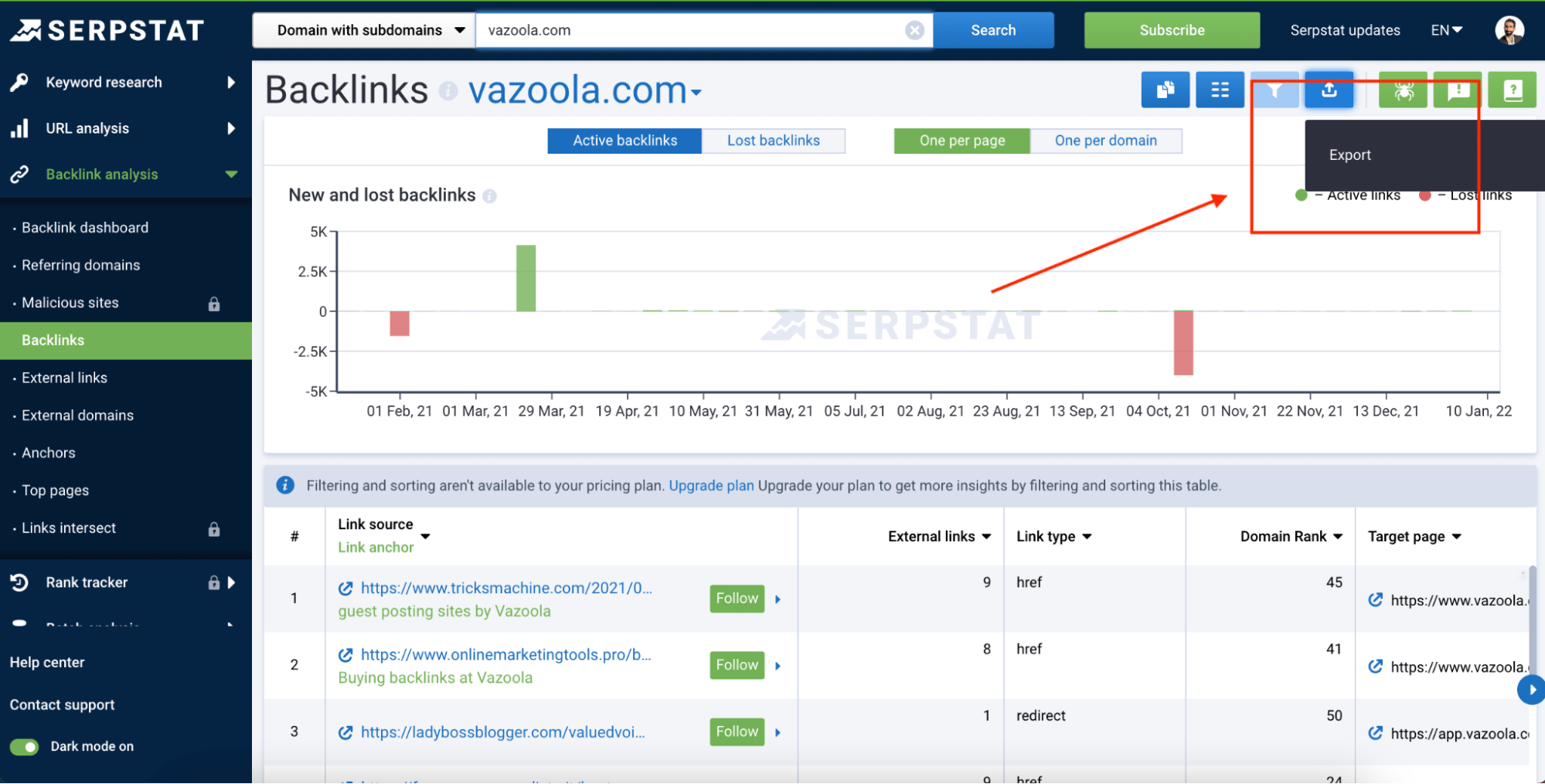
- The referring domains where your competitors are getting their backlinks
- The most common anchor text being used to link to your competitors
- The type of content being linked to on your competitors’ websit
Also, look at the top pages report in Serpstat to see which pages on your competitor’s website are earning tons of high-quality backlinks. Make sure you create similar content on your own website.
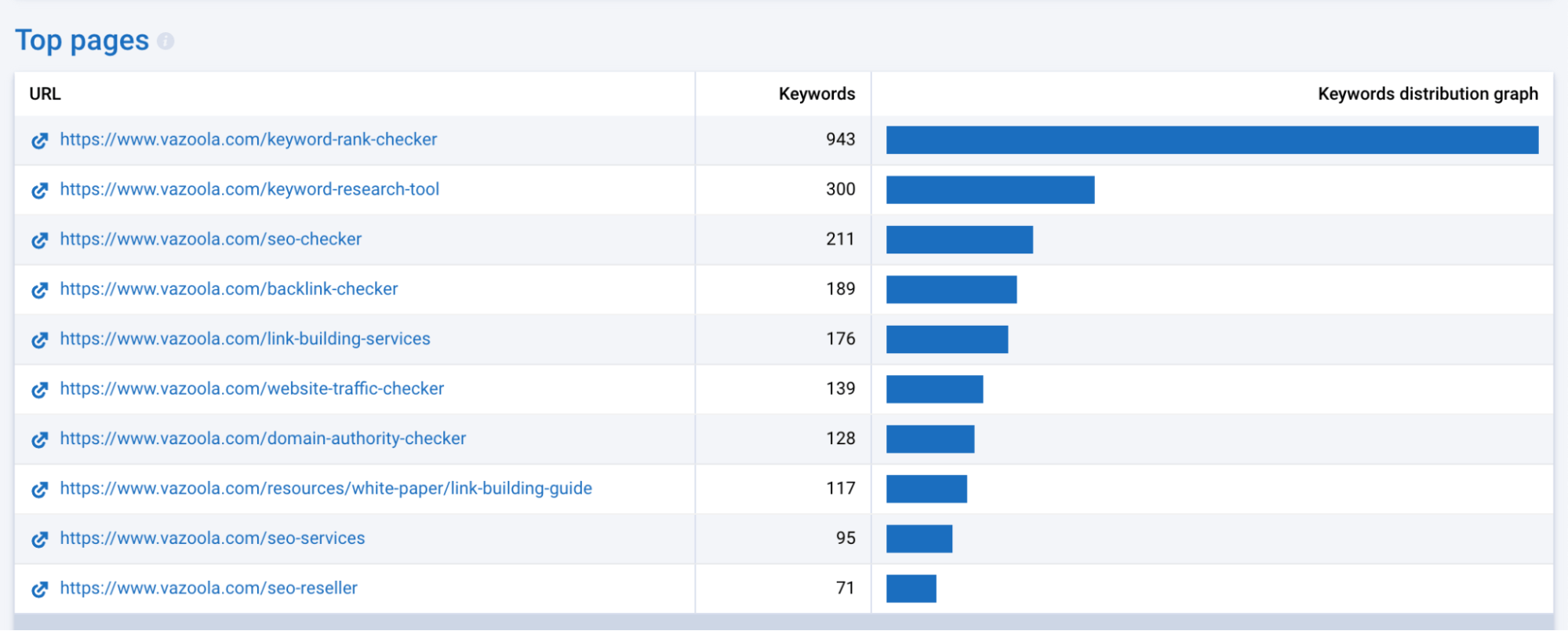
Reach out to Similar Websites for Organic Link Building
Here is a look into vazoola.com’s most authoritative referring domains.
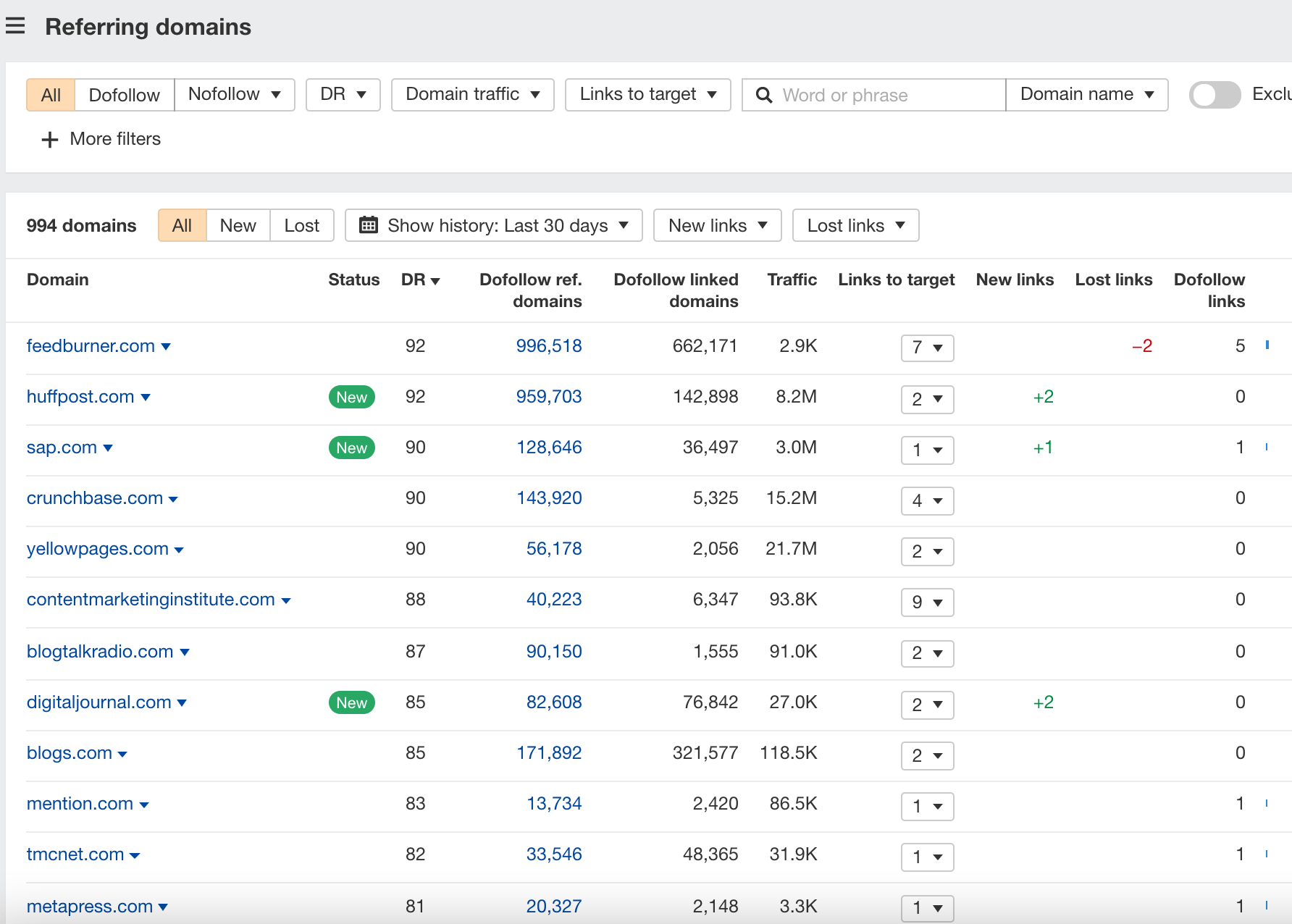
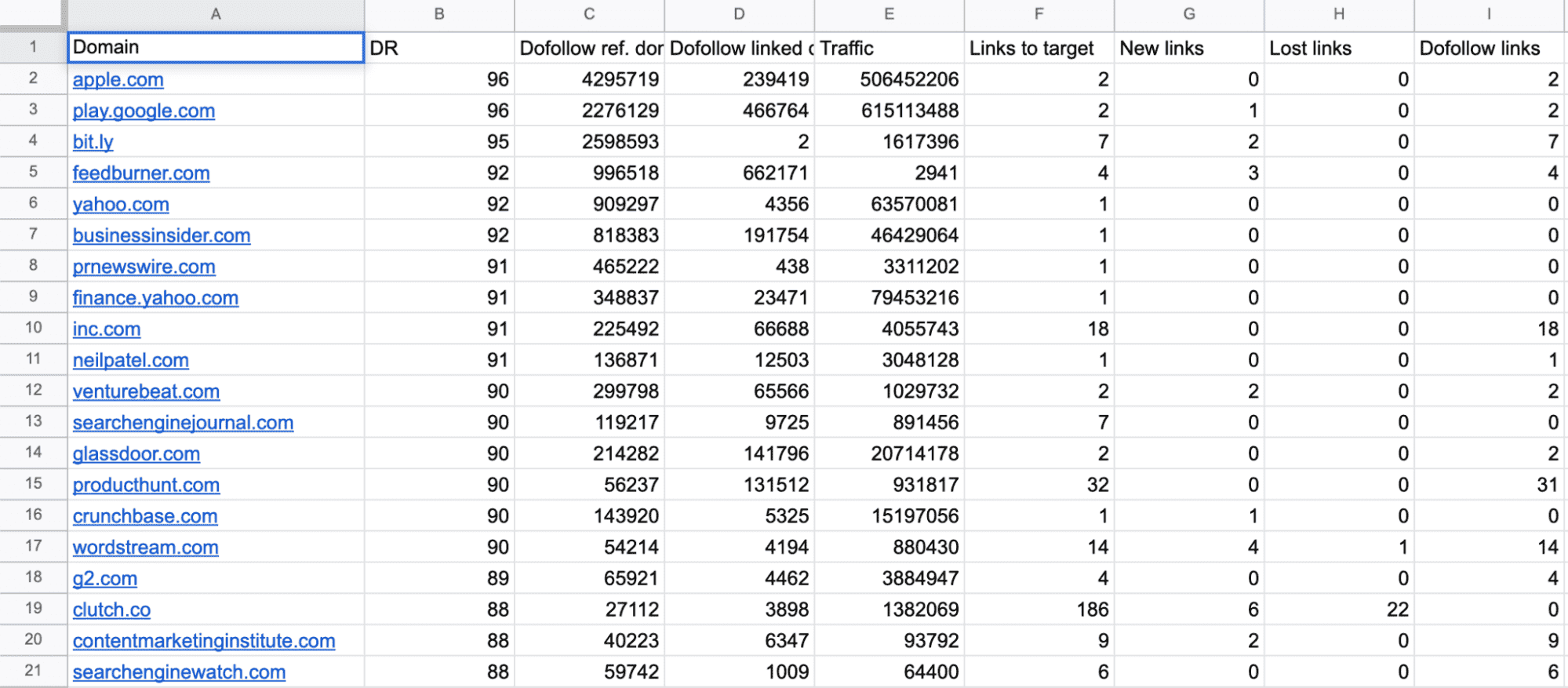
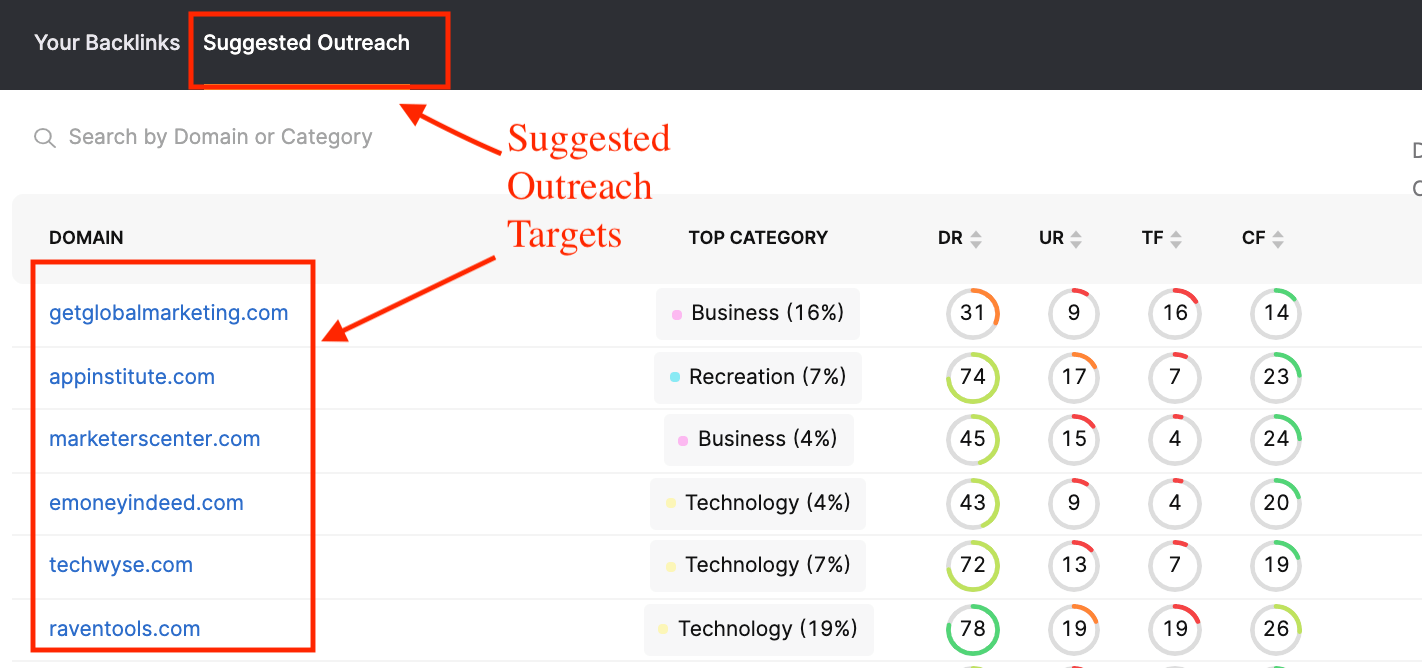
Target Similar Keywords Where your Competitors Are Ranking
But when you identify competitors with whom you can compete, look to their top-performing keywords and optimize your content for them. Most likely, you can get into top positions alongside them, or outrank them, with a high-quality, relevant piece of content.
Final Thoughts on Competitor Backlink Analysis
Leverage the backlink data as best you can so you can start building your own site authority and ranking for keywords that bring your website qualified traffic and potential customers.
Speed up your search marketing growth with Serpstat!
Keyword and backlink opportunities, competitors' online strategy, daily rankings and SEO-related issues.
A pack of tools for reducing your time on SEO tasks.
Discover More SEO Tools
Backlink Cheсker
Backlinks checking for any site. Increase the power of your backlink profile
API for SEO
Search big data and get results using SEO API
Competitor Website Analytics
Complete analysis of competitors' websites for SEO and PPC
Keyword Rank Checker
Google Keyword Rankings Checker - gain valuable insights into your website's search engine rankings
Recommended posts
Cases, life hacks, researches, and useful articles
Don’t you have time to follow the news? No worries! Our editor will choose articles that will definitely help you with your work. Join our cozy community :)
By clicking the button, you agree to our privacy policy.

